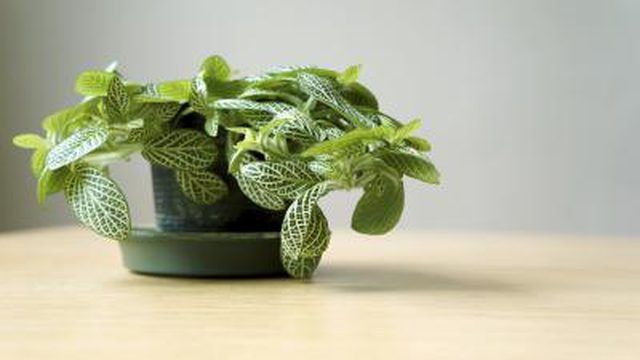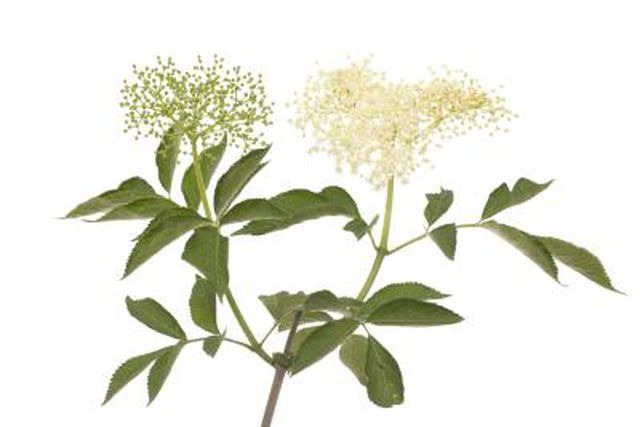Bulbs
Flower Basics
Flower Beds & Specialty Gardens
Flower Garden
Garden Furniture
Garden Gnomes
Garden Seeds
Garden Sheds
Garden Statues
Garden Tools & Supplies
Gardening Basics
Green & Organic
Groundcovers & Vines
Growing Annuals
Growing Basil
Growing Beans
Growing Berries
Growing Blueberries
Growing Cactus
Growing Corn
Growing Cotton
Growing Edibles
Growing Flowers
Growing Garlic
Growing Grapes
Growing Grass
Growing Herbs
Growing Jasmine
Growing Mint
Growing Mushrooms
Orchids
Growing Peanuts
Growing Perennials
Growing Plants
Growing Rosemary
Growing Roses
Growing Strawberries
Growing Sunflowers
Growing Thyme
Growing Tomatoes
Growing Tulips
Growing Vegetables
Herb Basics
Herb Garden
Indoor Growing
Landscaping Basics
Landscaping Patios
Landscaping Plants
Landscaping Shrubs
Landscaping Trees
Landscaping Walks & Pathways
Lawn Basics
Lawn Maintenance
Lawn Mowers
Lawn Ornaments
Lawn Planting
Lawn Tools
Outdoor Growing
Overall Landscape Planning
Pests, Weeds & Problems
Plant Basics
Rock Garden
Rose Garden
Shrubs
Soil
Specialty Gardens
Trees
Vegetable Garden
Yard Maintenance
Natural Source of Cyanide in Plants
Natural Source of Cyanide in Plants. Many common plants contain the natural form of cyanide, cyanic glucoside. Its presence may be the product of evolution, as it deters animals and insects from consuming the entire plant. Most animals can tolerate digesting small amounts, but during drought, the amont of the chemical in plants increases. As a...
Many common plants contain the natural form of cyanide, cyanic glucoside. Its presence may be the product of evolution, as it deters animals and insects from consuming the entire plant. Most animals can tolerate digesting small amounts, but during drought, the amont of the chemical in plants increases. As a result, animals could poison themselves by eating plants with high concentrations of cyanic glucoside.

Nearly 1,500 plants are known to contain cyanide, generally in the form of sugars or lipids. Cyanic glucoside can be found in varying amounts in Johnson Grass, peach seeds, cherry pits, apple seeds, green beans, bitter almonds, peas, apricots, cassava root, elderberries, flax seeds, choke cherries and bamboo shoots. The bamboo shoot contains the highest amount of cyanic glucoside or cyanide sugar.

The effects of ingesting or breathing in cyanide-containing materials depend on the concentration. Small amounts are simply broken down and passed out through urine. In toxic concentrations, cyanide blocks the cells from receiving oxygen, in effect suffocating the person or animal.

The cyanide found in plants can usually be cooked out, thereby making them safe to eat. Certain plants such as elderberries should never be eaten raw, but only cooked. The heating releases the cyanide gas into the air from the sugar molecule. The gas is quickly diluted into the air and rendered harmless. Smoking cigarettes releases more cyanide into the air than almost any other source.

The amount of cyanide in green beans, peas and Lima beans depends on where they are grown. European soils have higher levels of cyanide than other areas. Since the cooking process releases the cyanide into the air, beans are best eaten cooked.

Most examples of cyanide poisoning do not occur from ingesting plants. The amount of cyanide released is usually only enough to cause some sickness or mild discomfort. Cyanide poisoning is more commonly caused by the gaseous form of the chemical, or hydrogen cyanide. The symptoms are rapid breathing and heart rate, restlessness, dizziness, weakness, headache, nausea and vomiting. While spy movies may feature potassium cyanide pills, they are not readily available to the public.
